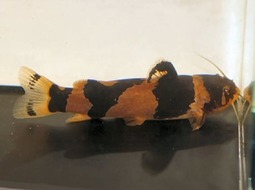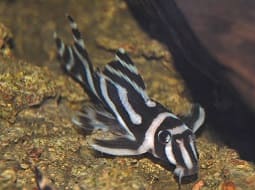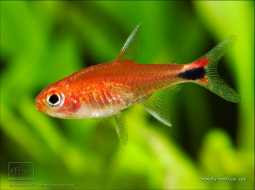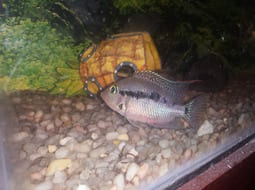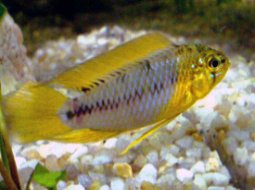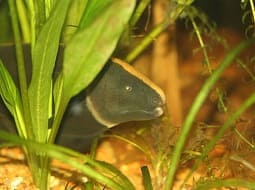
Loading Aqualapp ...
Care and Compatibility of Yoyo Loach - Botia almorhae
Introduction
The Yoyo Loach, scientifically known as Botia almorhae, is a freshwater fish native to the rivers of India and Pakistan. It is characterized by its elongated body and distinctive color pattern, which consists of alternating light orange and black vertical bands. These bands give the fish a unique and eye-catching appearance. They are medium-sized fish, reaching a maximum length of around 12 centimeters in adulthood.
Behavior
The Yoyo Loach, also known as the Dwarf Clown Loach, is a peaceful and curious fish species that is highly popular in community aquariums. They are bottom-dwelling fish and enjoy exploring and scavenging the substrate for food. They are active swimmers and prefer to swim in groups. The Yoyo Loach is compatible with a variety of peaceful fish species but may show aggression towards other bottom-dwelling or similar-shaped fish. It is recommended to keep them in groups of at least 3 individuals to promote their well-being and natural behavior.
Sexual Dimorphism
Sexual dimorphism in Botia almorhae is minimal and difficult to distinguish. Both males and females have a similar appearance.
Reproduction
Breeding Yoyo Loaches in an aquarium setting is quite challenging and uncommon. They reach sexual maturity in their natural habitat during the rainy seasons, where water levels rise and create a conducive environment for reproduction. Captive breeding is rare and requires specific conditions, such as simulating rainy seasons with gradual changes in temperature and water quality. Typically, a separate breeding tank and the presence of multiple pairs are needed to increase the chances of successful reproduction.
Aquarium Conditions
Botia almorhae, commonly known as clown loach, requires a spacious aquarium with sandy bottoms and shelters such as rocks and driftwood. It prefers neutral to slightly alkaline water. Aquarium décor should include hiding spots and refuge areas. Maintaining water quality is crucial and providing a varied diet.
Feeding
The Yoyo Loach is an omnivorous fish that feeds on a variety of foods. In the wild, they primarily feed on small invertebrates, insect larvae, and algae. In the aquarium, they will accept commercial flake, pellet, or tablet foods suitable for bottom-dwelling fish. Live or frozen foods such as bloodworms, shrimp, or mosquito larvae can also be offered. It is important to provide them with a balanced and varied diet to maintain their health and vitality.
Complexity
Caring for Botia almorhae can be moderately challenging. They are active and sociable fish that need to live in groups. They require a well-established aquarium and efficient filtration. They are omnivorous and accept a variety of foods, including live and frozen foods.
In case you need more help, or if you want to know into any topic related to the Botia almorhae (Yoyo Loach) and even any other species you can use the forums to ask what you need.
To do an analysis more detailed about coexistence and behavior of Botia almorhae (Yoyo Loach) use the Aquarium simulation tool, if you do this you can test different ways to combine the Yoyo Loach with other fishes giving the dimensions and space on you aquarium, on this way you can known the optimal configuration for keep the fishes that you want.
You can also find out the 99 species compatible with the Botia almorhae (Yoyo Loach) can live together.
Note: The parameters of the water such as PH and temperature are also used to calculate the compatibility of the species.
Compatible species (99)
Compatible (67 Species)
Compatible without any restriction
Knowing Yourself From Small (1 Species)
They can live together if they have known each other since they were very small, that is, they grew up and grew up together. it does not work in all cases, there may be exceptions.
Similar Sizes (9 Species)
They can coexist if they are the same size or very similar sizes, it does not work in all cases, there may be exceptions.
With Reservation (1 Species)
Compatible in some cases, it depends on the nature and personality of the fish.
Showdown over territory (10 Species)
Fish can live together as long as the space is spacious enough to delimit a territory, otherwise there may be aggressions for competing for the territory.
Considerable size difference (3 Species)
They can coexist while they are similar in size or the size difference is not very abysmal, since as the fish grows it increases the chances of eating its partner that did not grow much.
Compatible if space is enough (8 Species)
They can coexist together if the aquarium they share is large and spacious enough for both species to feel good, as some fish may attack others to feel that they have little space and try to eliminate the competition.
El pez morena de agua dulce es pacífico, sin embargo, es un depredador, por lo cual se recomienda que si se van a juntar sea cuando las Botias ya sean de un tamaño que no le quepa en la boca a la morena
Yoyo Loach
Botia almorhae

- Ph: 6 - 7.2
- Temperature (c°): 25 - 29
- Measures: 7 cm - 10cm
- Aquarium Capacity:
20 Liters - 5 Gallons - Alimentación: Carnivores, Omnivores, Snail
- Colores: Black, Yellow
- Comportamiento: Likes to take refuge, Night, Peaceful
- Habitad: Asian
- Preferencias del Acuario: Logs, Natural plants, Rocks
- Tamaño: Small
- Taxonomía: Fish
- Tipo de Agua: Sweet water, Tropical waters
- Velocidad de nado o movimiento: Normal
- Zona de Nado: Aquarium background




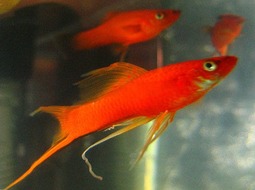
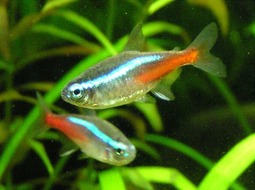
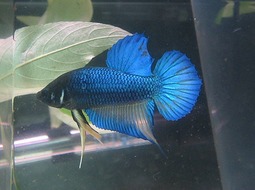

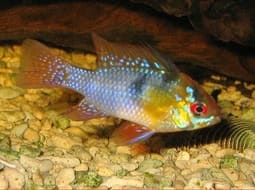
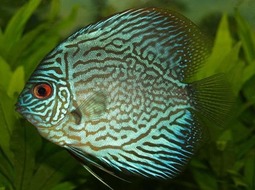
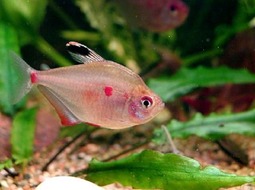

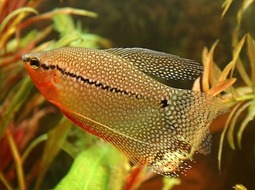

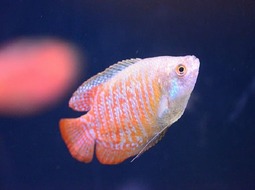

.jpg)





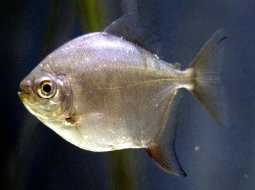
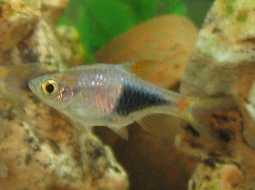
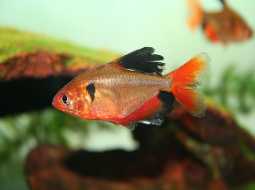

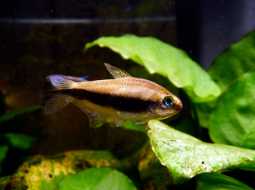
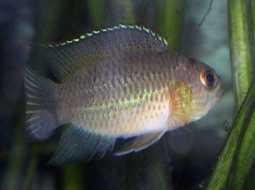
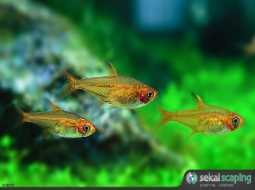
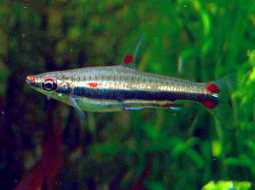
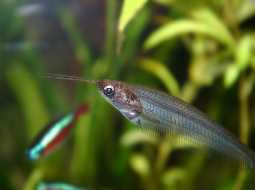

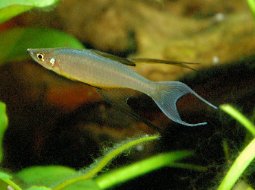
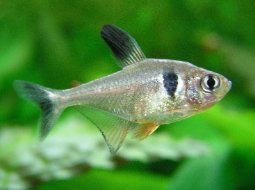

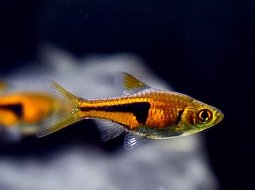





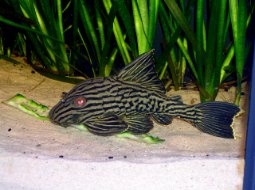

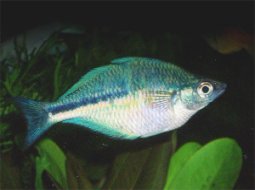





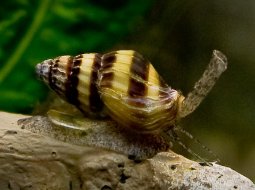



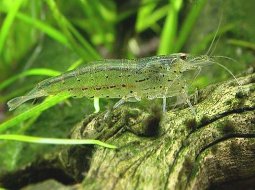
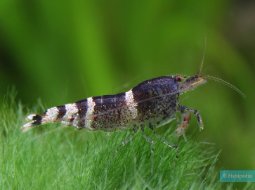
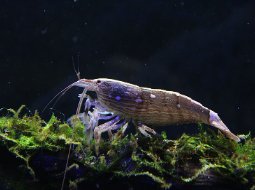




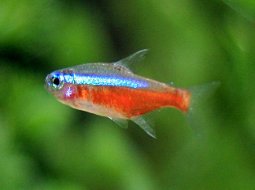
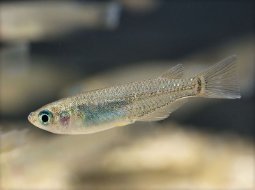

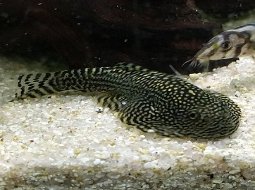


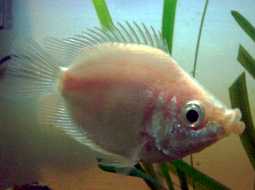
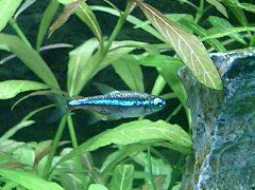
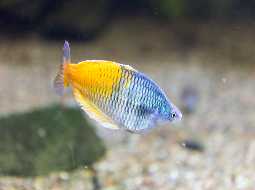

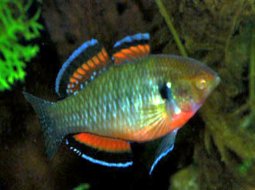

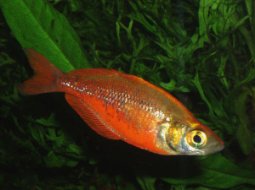



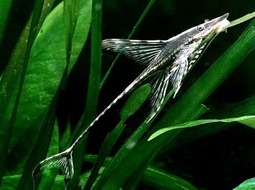
.jpg)




